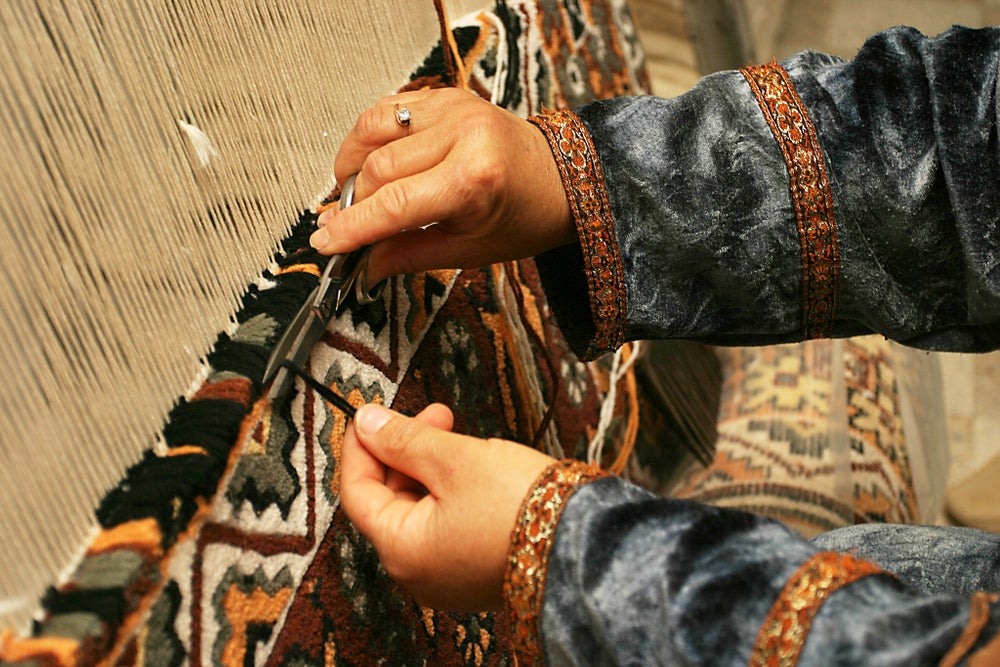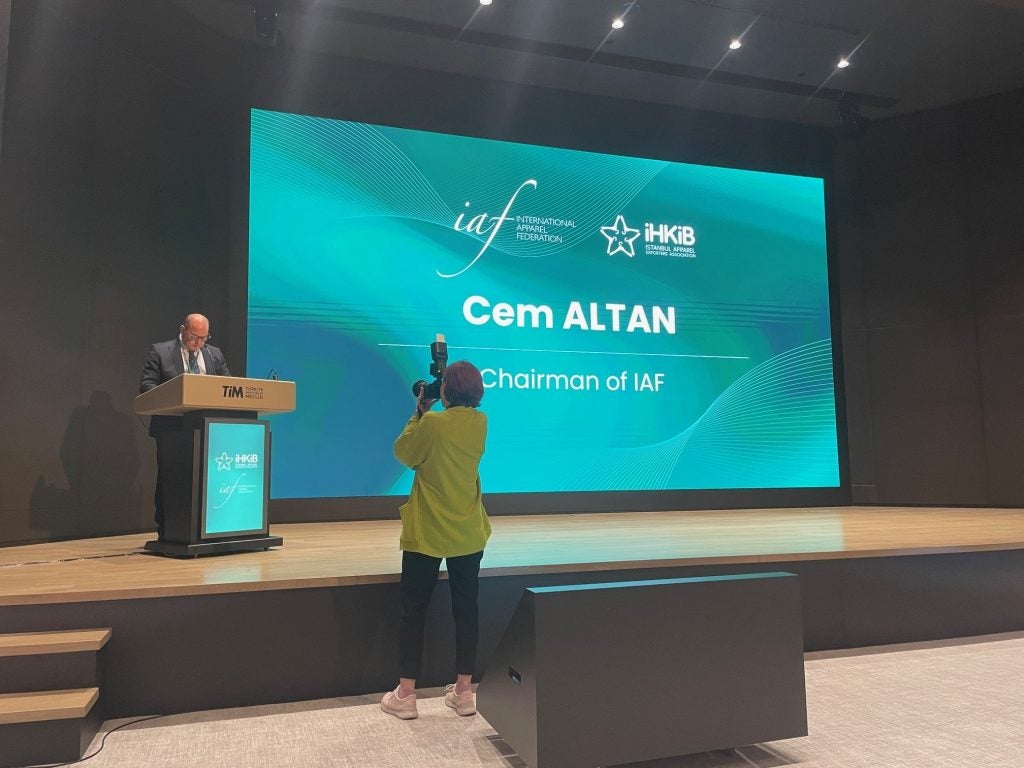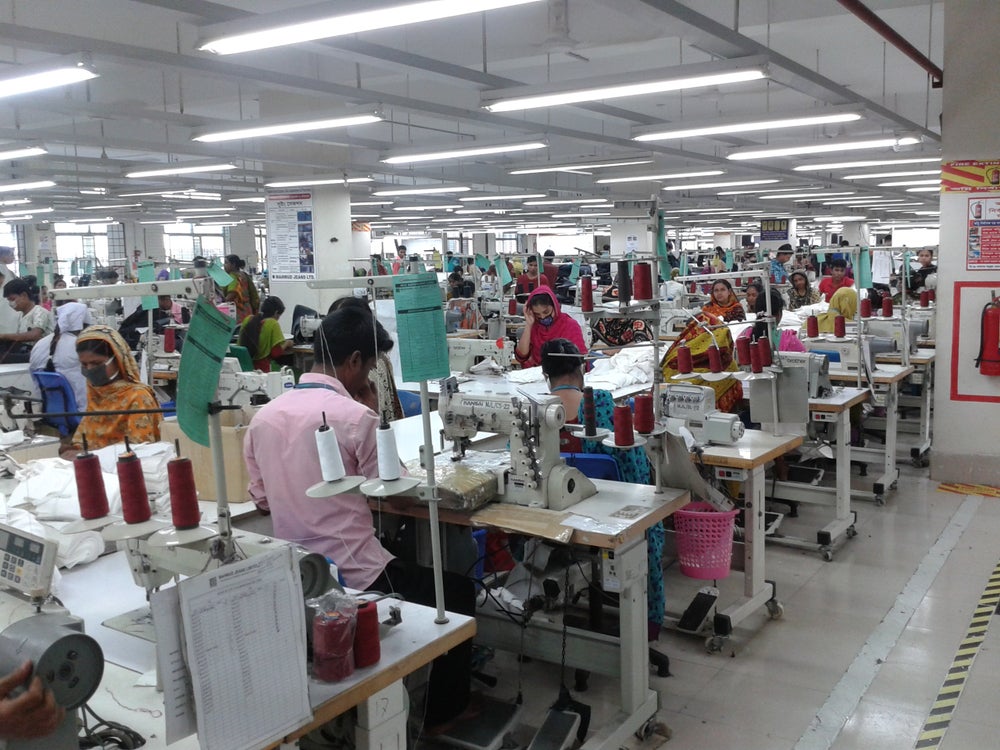The research analysed the latest data from the UK's Office for National Statistics, featuring results from its Wages and Salaries Survey and compared the percentage increase in weekly earnings from December 2022 to December 2023.
It found the textiles, leather and clothing manufacturing industry has seen the biggest wage increase in one year.
According to the report, in December 2022, average weekly earnings in this sector were £489.18 ($621.40), rising to £549.41 ($697.91) in December 2023 — a 12.31% increase, which was the highest of any industry.
The agriculture, forestry and fishing industries had the second highest increase, followed closely by the real estate activities industry in third position.
Conversations on 'minimum wage' take centre stage in the apparel sector
Minimum wage continues to be a hot topic for the apparel sector according to GlobalData's company filings data. Mentions of 'minimum wage' have surged from 160 in 2016 to a peak of 357 in 2022. However, its popularity has declined since then with only 166 mentions in 2024 so far.

This was followed by keywords like 'regulation' and 'wage rate' being mentioned 36 and 33 times, respectively.
Since 2022, apparel manufacturing countries around the world have reported a rise in minimum wage for garment workers. For instance, in September 2022 Cambodia's minimum wage increased by $6 to reach $200 per month, following months of negotiations between trade unions, the government and garment factory owners.
In November 2023 Bangladesh announced Tk12,500 ($112.8) as its new minimum monthly salary for garment workers.
More recently, garment workers in Tamil Nadu state of India protested against a "prolonged" delay in receiving a new minimum wage, despite it having the Supreme Court's backing.
Earlier this month (May), a spokesperson for the Clean Clothes Campaign (CCC), which is an international alliance of labour unions and NGOs told Just Style Sri Lanka's garment industry minimum wage pay scale is still too low for the country's high inflation.















